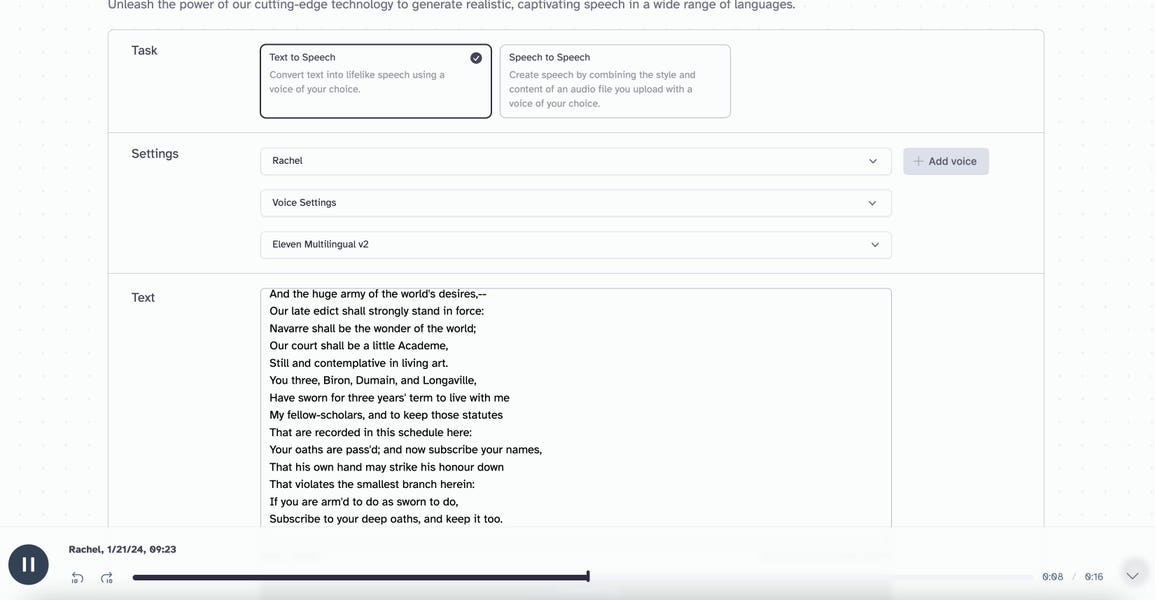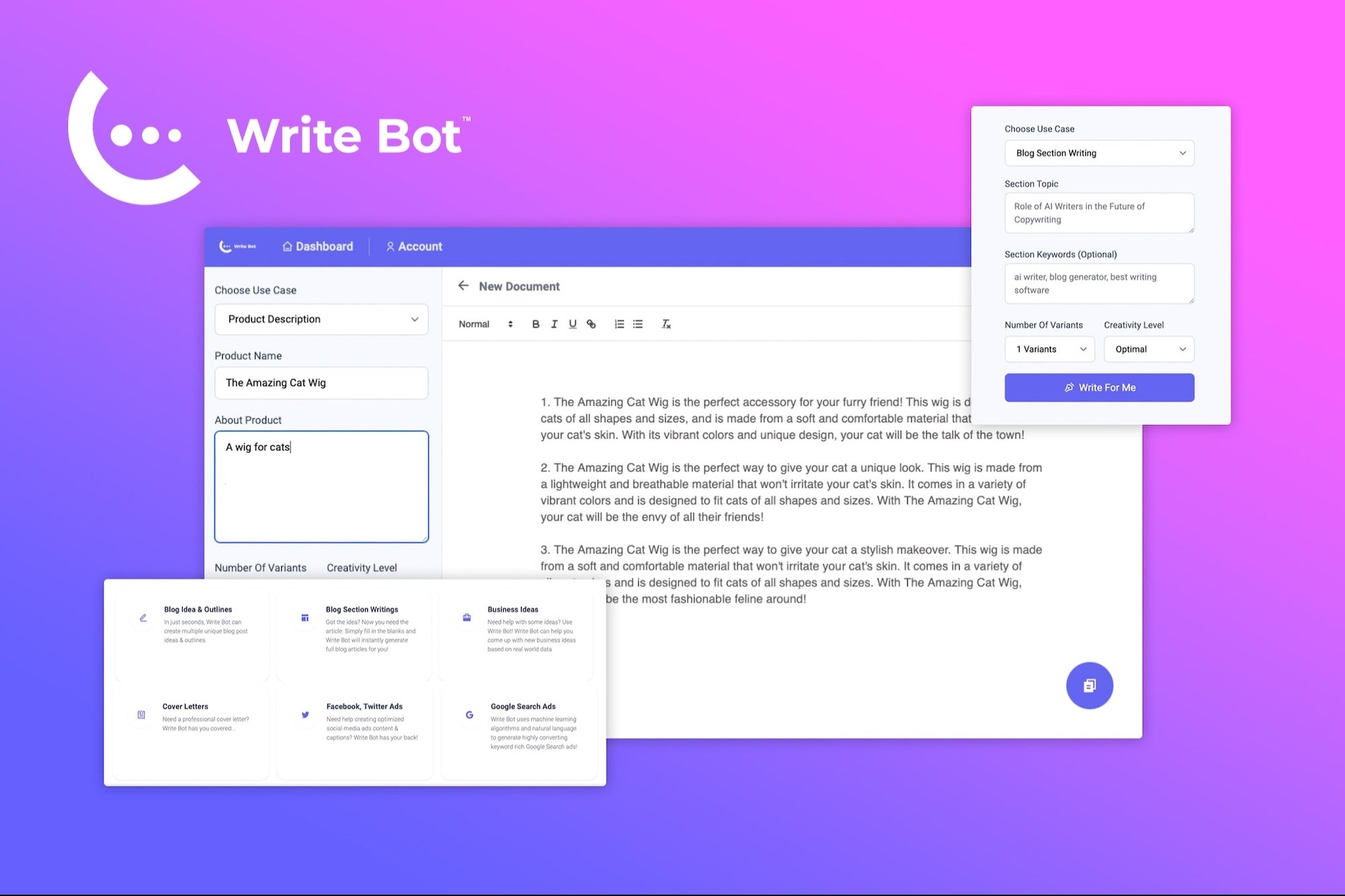For all the buzz surrounding AI currently, most public discussions revolve around Chat GPT as a predominant practical application. While Chat GPT is undoubtedly a potent tool, it represents just a fraction of AI’s current capabilities. In the coming weeks, I will delve into various articles dedicated to alternative practical applications of AI that businesses can leverage today, extending beyond text generation.
The Endurance of Text-to-Voice Technology
As the 2024 election looms, deepfakes are poised to overshadow media discourse. Notably, text-to-voice deepfakes pose a significant challenge in terms of detection, with humans struggling to discern fake voices accurately more than ¾ of the time.
Despite the ominous implications of deepfakes painting a dystopian future, there exist practical and constructive applications of text-to-speech technologies that can benefit society today, particularly in business environments.
Several companies actively involved in advancing text-to-speech technology include:
- Eleven Labs
- Speechify
- Murf.ai
Understanding the Mechanisms of Text-to-Speech Technology
Text-to-speech (TTS) technology ingeniously transforms written text into audible speech, rendering digital content accessible to a wider audience. This process involves breaking down the text into smaller units such as sentences and words, eventually converting them into the phonetic components of speech. The technology emphasizes grasping grammar and contextual meaning to ensure that the synthesized speech sounds natural in the intended language. Central to this mechanism is machine learning, where the system refines its speech synthesis capabilities by learning from extensive datasets of spoken language.
A Comprehensive Guide to Initiating Text-to-Speech Implementation
Curious about experimenting with TTS affordably today? Contrary to common perception, adopting TTS technology is not cost-prohibitive, with Eleven Labs offering a free entry plan.
- Register for a plan with one of the aforementioned providers, using a Google work address if needed.
- Select a body of text that you own or is in the public domain, ready for conversion into speech. For illustration purposes, Shakespearean works, now in the public domain, can be utilized.
- Simply click on the ‘generate’ option to create the file, which can then be downloaded. A sample link to the output is provided here.
Practical Implementations of TTS
Every business should contemplate integrating TTS into its operations today, with potential applications including:
- Repurposing archived content into podcasts
- Transforming historical training materials into interactive learning modules for new hires
- Multilingual translations with appropriate context and tonal accuracy
- Enhancing customer service processes through TTS integration
While numerous other applications exist, initiating TTS adoption is highly recommended. This advanced AI domain promises continuous enhancements in the future.






